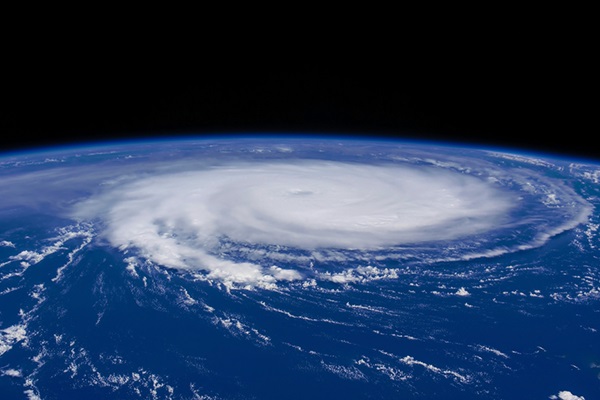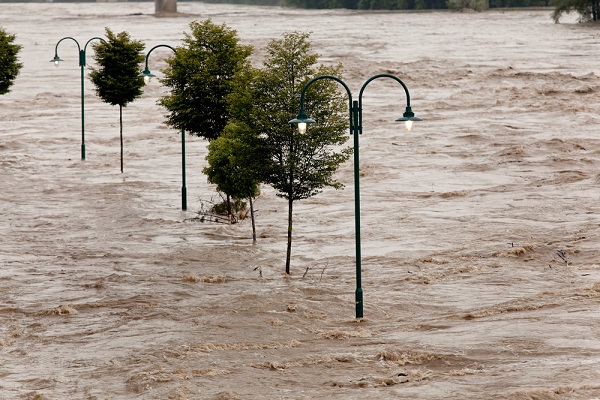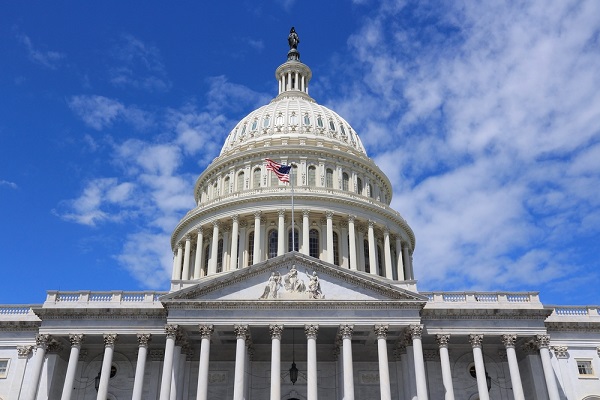Hurricane Idalia Brings Flood Insurance into Focus
The severe flooding in the Southeast U.S. brought by Hurricane Idalia highlights the importance of flood insurance.

The severe flooding in the Southeast U.S. brought by Hurricane Idalia highlights the importance of flood insurance.

National Oceanic and Atmospheric Administration (NOAA) forecasters are predicting 21 named storms, of which up to 11 could become hurricanes.

Here are six of the most common misconceptions the general public shares about flood coverage, which affect an agent’s ability to sell a flood policy.

The exposure to flood losses has forced more residents and business owners to purchase flood insurance, while insurers are reevaluating the extent of their risks.

Despite the frequency of flooding, inflation and an uncertain economic outlook can make flood insurance a difficult sell.

FloodFlash aims to close the gap for businesses without flood coverage or that have coverage with large deductibles in place.
With changes in the frequency and severity of flooding events, opportunities are considerable for the continued evolution of the flood insurance market.

“Both the NFIP and the private market will remain extremely important,” says independent agent Jeffrey Wyrsch. “We need to have both because they both offer advantages in different situations.”
Mandatory flood insurance purchase requirements have covered flood losses that would have otherwise been uninsured.

The hearing, which will be livestreamed, will examine the availability of flood insurance in the United States and the steps that can be taken to increase take-up rates.
